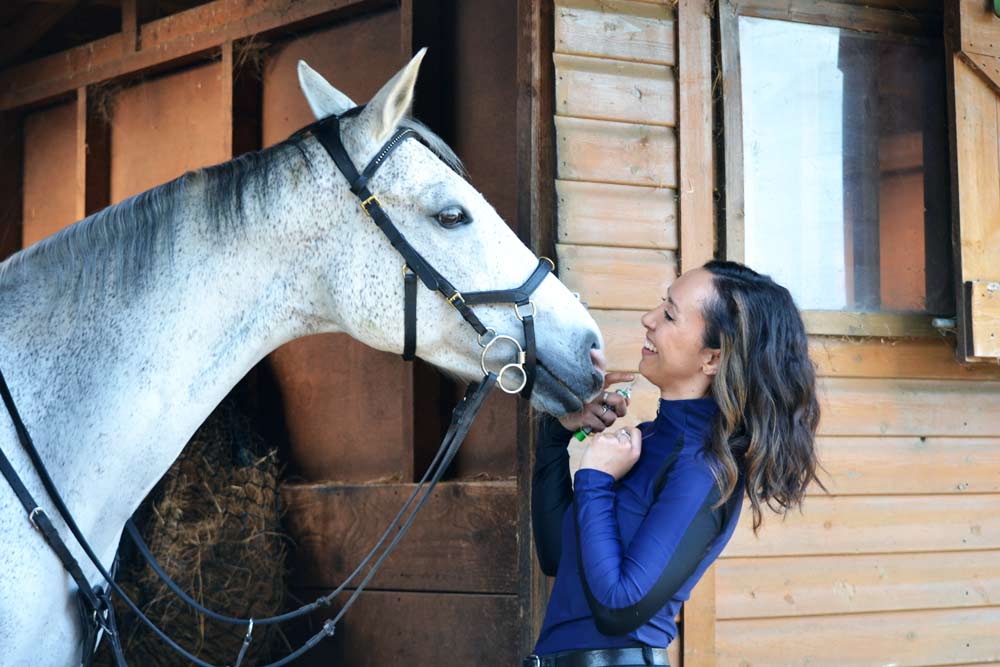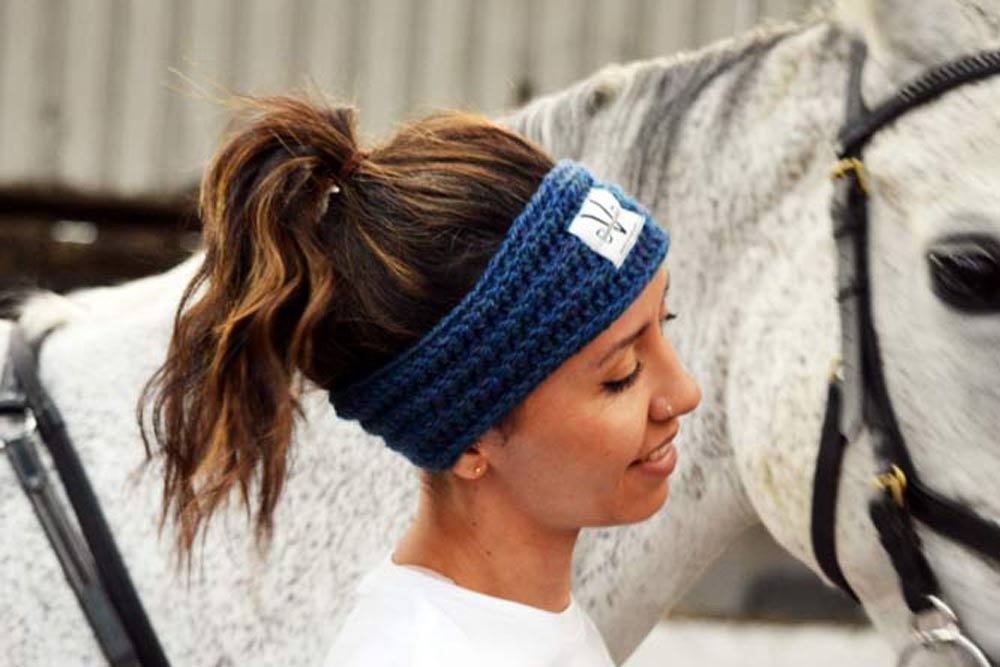5 Easy Ways To School When Out Hacking

Photo by @lexieequine
.
Hacking is great fun for both horse and rider. For many on a tight training schedule, it can be difficult to find a time to have a rest from riding in a school, however, there are so many benefits to riding out that it's a shame to miss the opportunity, especially when you don't have to sacrifice your schooling either.
.
Hacking gives you the chance to get creative and get your horse thinking whilst in different environments. It’s a great way to train your horse to perform well even in completely new space, and will help them learn to focus in new places, which will be beneficial when competing at new places. Here are some ideas for more creative schooling sessions!
.

1. TRANSITIONS USING TREES AS MARKERS
Accuracy is important when schooling your horse. Using trees as markers is a great way to help make your transitions more precise. It will keep both you and your horse focused whilst hacking, which is important so that you keep safe and in control. Once you’ve tried walk and trot transitions, challenge yourself to use direct transitions such as halt-trot and canter-walk.
2. TRANSITIONS WITHIN THE PACE
The easiest way to school your horse whilst hacking is working on shortening and extending your strides, as it is a simple exercise that you can do absolutely anywhere and which will not only keep you both concentrating, but will also improve your control, which is crucial out hacking. It’s also a very easy exercise to try in a place without many natural markers (e.g. a field) as you do not need many exact points to transition. Working on changes of pace in big open spaces is a brilliant mechanism for insuring you have control in lots of different situations, and teaches your horse to stay alert and listen to you at all times.
.

3. IMPROVING YOUR CANTER
Transitions are vital for a balanced and established canter, so don’t let your horse just race into canter once out of the arena. Keep your horse in a good contact and have a good rhythm in the trot before attempting to transition and make sure you are in a quiet place. Once you are ready to canter, sit deep and ask for the change in pace as you would in an arena. Don’t panic if you don’t pick up a canter on the first try if your horse is new to hacking, as they may not understand what you’re telling them. That’s why it is important to directly mimic how you’d ask for canter in the school. If you have a lot of open space, you can practise lengthening strides, collected, medium and extended canter, and working on changing between these without falling out of the canter or rushing.
Photo by @nbakerpararider
4. ASKING FOR LEFT AND RIGHT FLEXION
Flexion (a slight bend in the horses neck) is key in getting your horse more supple, picking up the correct lead in canter, and many other things. So it’s helpful to learn how to ask for flexion whilst out hacking. Start in walk, and shorten your reins slightly so you have a good, even contact. Ask your horse to lower their head, and then open your right hand a little for right flexion, and vice versa for the left. Adding a little more pressure on that side should slightly tilt their head, however if they over bend or move in that direction, make sure to squeeze with that leg to keep them straight.

Photo by @_bl_equestrian_
5. LEG YIELDING ACROSS WIDER PATHS
When you reach a wide, empty path, you can try training your horse to leg yield across it. Ask for a slight bend in your horse's neck away from where you are moving, then use your leg to slowly move your horse to the other side of the bridleway. With young horses this is especially helpful, as they do not get used to only moving towards the track, which will be useful when asking them to move away from it.
.
This post was written by Rosa Bayliss











Leave a comment